Salvia obtusata
Salvia obtusata Thunb.
Family: Lamiaceae
Common names: Coega sage (Eng.), Koegasalie (Afr.)
Introduction
Salvia obtusata is a beautiful and delicate South African sage native to the Eastern Cape, with soft purple flowers perfectly adapted to survive in gravelly, rocky soils and tough conditions making it an ideal choice for water-wise gardens.
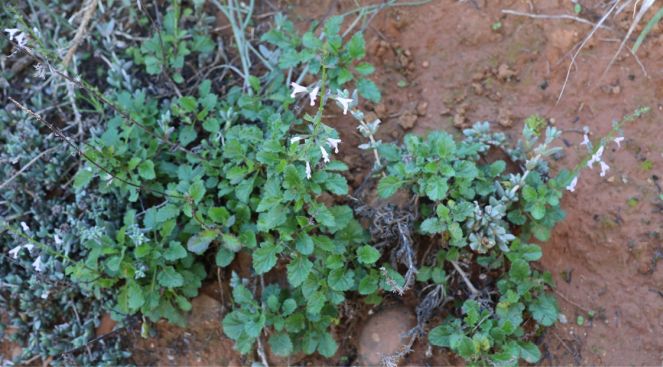
Description
Description
Salvia obtusata is a hardy, evergreen perennial herb that grows from a woody base, with upright stems that can reach 500 mm or more in height. The stems are glabrous and smooth near the base and bear a few soft hairs towards the apex (upper parts). This species has attractive, soft green leaves that vary in shape, they can be either ovate or rounded, with a large top lobe and sometimes a few smaller ones near the base. The leaves are arranged oppositely along the stem and measure about 25 to 50 mm long and 15 to 30 mm wide, with coarsely toothed edges. They have a broadly elliptic outline, and are often lyrate to pinnatifid, with a prominent terminal lobe and one or more smaller lobes near the base. The top of the leaf is almost smooth, while the underside has a few soft hairs along the veins and margins. The petiole can be up to 30 mm long and has a few stiff hairs.
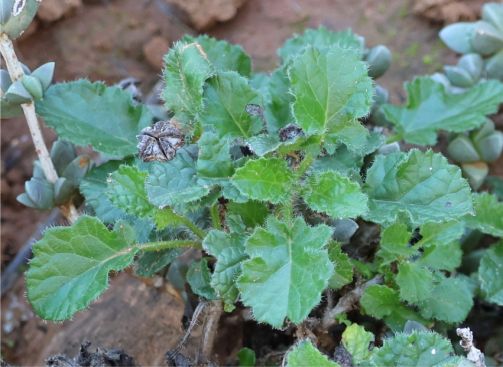
The inflorescence is a verticillaster, made up of up to 10 whorls (verticils) of flowers, each whorl containing 2 to 8 flowers, with more flowers clustered toward the upper part of the stem. The calyx is a little rough, purple tinted and 10 mm long. It has a tubular shape with three pointed teeth on top, each 1 to 1.5 mm long. The corolla is 20 to 25 mm long, the tube 18 mm long. The top lip is 3 mm long and the bottom lip 5 mm long. Flowering typically occurs throughout spring, summer and early autumn (September to April), with peak flowering during spring and early summer (September to December).
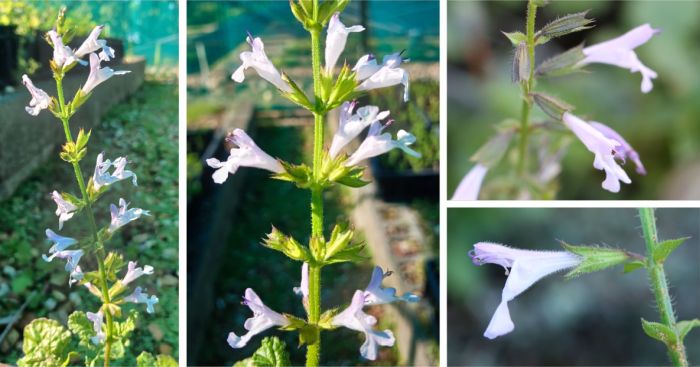
Conservation Status
Status
Salvia obtusata is currently assessed as Vulnerable (VU) by the Red List of South African Plants. This species is at risk of extinction in the wild because it has a limited distribution and is facing ongoing threats to its habitat that include rapid and severe habitat loss caused by industrial expansion, residential development and coastal infrastructural changes.
Distribution and habitat
Distribution description
Salvia obtusata has a small natural range between Uitenhage and the Albany District in the Eastern Cape, occurring from around Gqberha (Port Elizabeth) to Addo. It typically grows in gravelly, well-drained soils on rocky slopes and along open thicket margins, often rooted in coarse substrates derived from shale or quartzite. This habitat falls within the Sundays Valley Thicket, a subtype of the Valley Thicket, which is the most widespread thicket type in the core of the Albany Thicket Biome.
The Valley Thicket typically occurs in major river valleys and on the lower slopes of the Cape Fold Mountains and Great Escarpment. It is usually found on steep slopes with deep soils, but it also occurs on shallow, rocky soils. This inland ecosystem is characterized by lower annual rainfall and higher mean maximum temperatures compared to surrounding Mesic Thicket types. Vegetation in the Valley Thicket is dominated by a well-developed woody tree and shrub component, with a high presence of succulent and spinescent species, making it well adapted to semi-arid conditions. The climate in the region is semi-arid, with moderate but variable rainfall mainly during the spring and summer months (September to March). Average annual rainfall ranges between 300–500 mm, and temperatures can vary from around 15°C in winter to over 30°C in summer, occasionally exceeding that in hotter valleys.
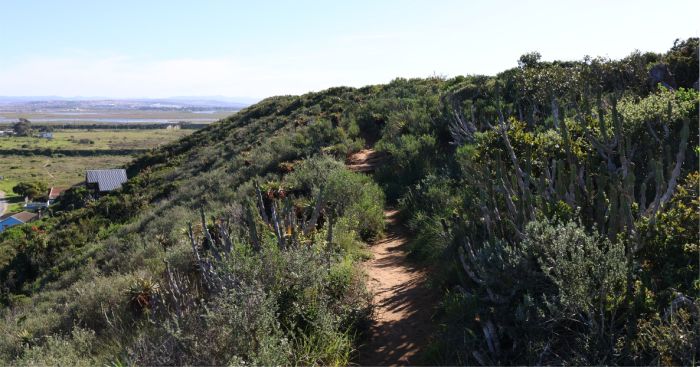
Common plant species associated with this vegetation type where Salvia obtusata occurs include Aloe africana, Euphorbia mauritanica, Euclea undulata and Crassula ovata, among many others. These drought-tolerant and often succulent plants are characteristic of thicket vegetation and play a key role in the resilience and biodiversity of the Albany Thicket biome.
Derivation of name and historical aspects
History
The genus name Salvia is derived from the Latin salvare, meaning to heal or to save, and salvus, meaning uninjured or whole, referring to the medicinal properties of many species in the genus. The Roman scientist Pliny the Elder was the first to record the name in his encyclopedic work Natural History, where he focused on the healing uses of plants. The common name sage comes from the Old French sauge, which also stems from salvia, and was widely used in medieval and Renaissance Europe. The species name obtusata means blunt or obtuse, most likely referring to the rounded leaf tips.
The genus Salvia (sage) is a large and significant group within the Lamiaceae, often referred to as the mint family, which features a variety of well-known aromatic plants, such as mint, lavender and thyme. The Lamiaceae is the most ubiquitous and diverse of plant families with over 7 000 species dispersed across 236 genera. This family comprises a range of plants including shrubs, herbs and trees, many of which are valued for their culinary, medicinal and ornamental uses. The species of Lamiaceae are distributed globally, mainly in subtropical and temperate regions, while certain species also thrive in tropical climates. Some features of Lamiaceae plants are distinctive, including the stems being square and having opposite leaves and fragrant leaves.
The genus Salvia, commonly called sage, is known for its aromatic leaves, angled stems and two-lipped flowers. It is the largest genus in the family, containing nearly one quarter of the members of the family, and includes around 900 species globally, with approximately 26 indigenous to southern Africa. These species vary from annuals and perennials to shrubs, and grow in a wide range of habitats, from sea level to high mountains, in both cold and hot climates. The genus is notable for its rich diversity, long history of human use, and continued significance in medicine, horticulture, and culinary traditions. This rich diversity, combined with its wide geographical spread and long history of use in traditional medicine, ornamental horticulture, and cooking, makes Salvia a genus of considerable botanical and cultural interest.
Salvia obtusata is similar to Salvia scabra and Salvia repens but distinguishes itself by having glabrous stems and upper leaf surfaces. It also differs from S. scabra in having a shorter corolla, and from S. repens in lacking a rhizome.
Ecology
Ecology
Salvia obtusata attracts insect pollinators, which are drawn to its tubular flowers. Its somewhat woody base and sparsely hairy leaves are adaptations to the dry, open conditions of the Eastern Cape, where it is often found growing alongside aloes and other succulents. Unlike some other Salvia species, it does not spread by rhizomes, suggesting seed-based dispersal is its main reproductive strategy.
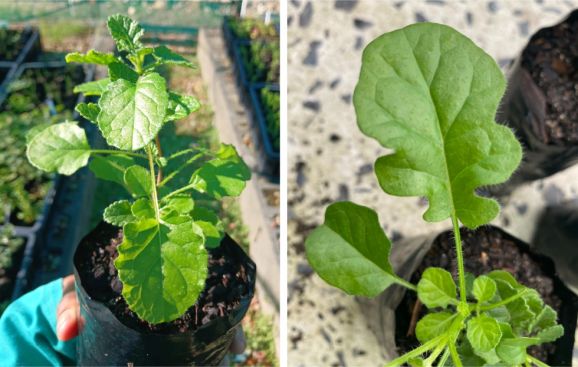
Uses
Use
Many species of Salvia are traditionally used in herbal medicine to treat a wide range of conditions and some are also valued as culinary herbs. The genus has a long-standing role in traditional health and culinary practices across various cultures. Although Salvia obtusata shares many characteristics with other medicinally useful species in the genus, there are no recorded traditional uses of this species in South Africa. The species holds strong ornamental potential, with its attractive foliage and flowers making it well-suited for indigenous landscaping and water-wise gardening.
Growing Salvia obtusata
Grow
Salvia obtusata can be propagated from both seeds and cuttings, although propagation by cuttings is more effective and faster. The plant is easy to root, and cuttings taken from the tips of stems, and heel cuttings have rooted successfully. Cuttings can be taken throughout the year . The ideal propagation medium is a mix of 50% fine bark and 50% perlite. Treat the cuttings with a suitable rooting hormone and place them under a mist irrigation system on bottom-heated benches. Rooting typically occurs after approximately three-four weeks, after which the young plants should be hardened off for about three weeks before potting. Once hardened, they can be transplanted into plastic bags or pots. When effectively managed under optimal conditions, the rooting success rate for cuttings can reach 100%.
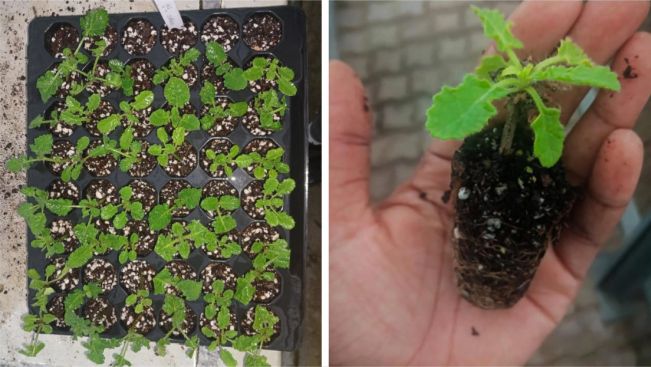
Seeds should be sown from late spring to early summer, using a general potting soil mix. Seedlings can be treated with organic seaweed to encourage root development and early growth.
Salvia obtusata thrives in full sun but also tolerates partial shade, making it a flexible choice for various garden settings. It grows best in well-drained soils in a position with good drainage. Moderate watering is recommended during the active growing season, allowing the soil to dry slightly between watering. Overwatering should be avoided, as it can lead to yellowing or curling of leaves and development of brown spots symptoms often linked to waterlogging or fungal root diseases.
It is an excellent choice for placement along garden edges; its compact nature, height and spreading characteristics make it suitable for softening the edges and in mixed beds or herbaceous borders. It should be planted with enough space for growing. It also thrives in rocky or sloped environments where drainage conditions are favourable. This species is not affected by major pests and compost may be used to promote healthy growth and development.
References
- Clebsch, B. 2003. The new book of salvias: sages for every garden. Timber Press, Oregon.
- Codd, L.E. 1985. Lamiaceae. Flora of southern Africa, Vol. 28, 4. Botanical Research Institute, Department of Agriculture and Water Supply, Pretoria.
- Kamatou, G.P., Makunga, N.P., Ramogola, W.P.N. & Viljoen, A.M. 2008. South African Salvia species: a review of biological activities and phytochemistry. Journal of Ethnopharmacology 119(3):664–672.
- Raimondo, D. & Dold, A.P. 2008. Salvia obtusata Thunb. National Assessment: Red List of South African Plants. https://redlist.sanbi.org/species.php?species=1685-37.
- Hedge, I.C. 1974. A revision of Salvia in Africa. Notes from the Royal Botanic Garden, Edinburgh 33(1):1-121.
- SANBI. 2021. Ecosystem guidelines for the Albany Thicket Biome. South African National Biodiversity Institute, an entity of the Department of Environment, Forestry and Fisheries, Pretoria. http://hdl.handle.net/20.500.12143/7456.
Credits
Sbulelo Dube
Kirstenbosch National Botanical Garden
August 2025
Acknowledgements: the author thanks her supervisor Ntuthuko Mabuya for guiding and assisting her, and the team that collected the plant from the Eastern Cape.
Plant Attributes:
Plant Type: Perennial, Shrub
SA Distribution: Eastern Cape
Soil type: Loam
Flowering season: Spring, Early Summer, Late Summer
PH: Acid
Flower colour: Purple, Mauve/Lilac
Aspect: Full Sun, Morning Sun (Semi Shade), Afternoon Sun (Semi Shade)
Gardening skill: Easy
Special Features:
Horticultural zones
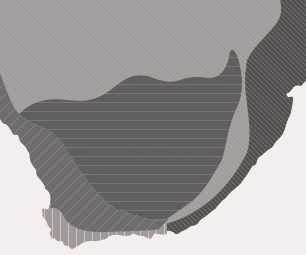







Rate this article
Article well written and informative
Rate this plant
Is this an interesting plant?
Login to add your Comment
Back to topNot registered yet? Click here to register.